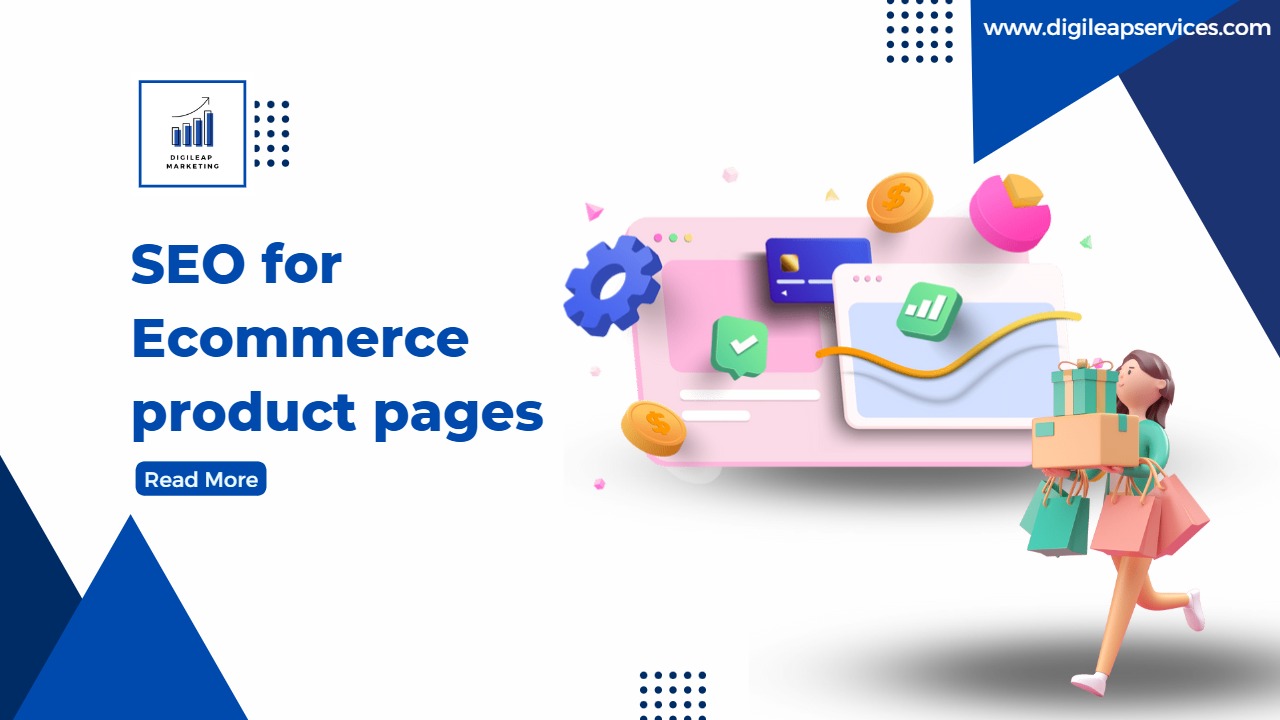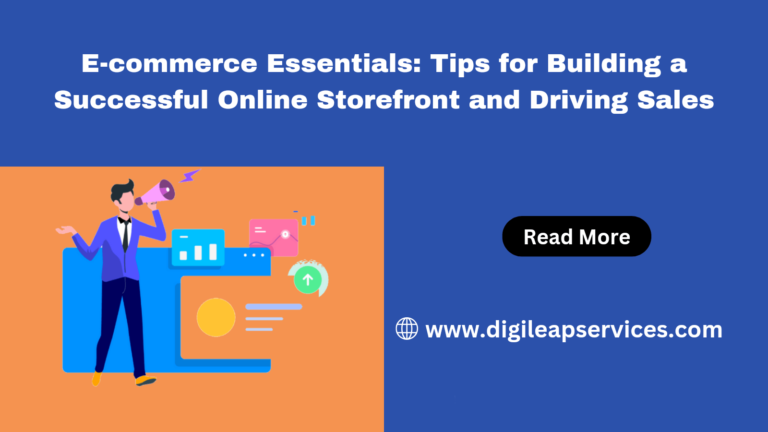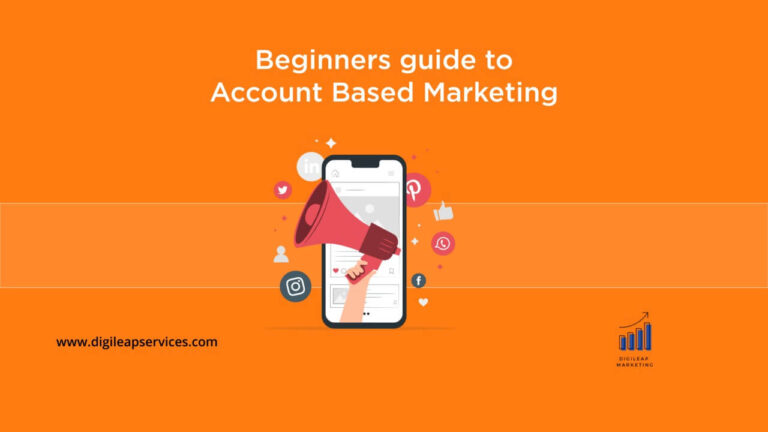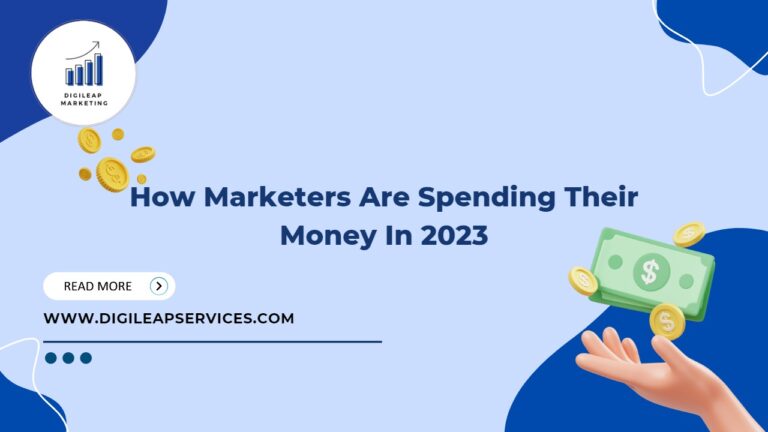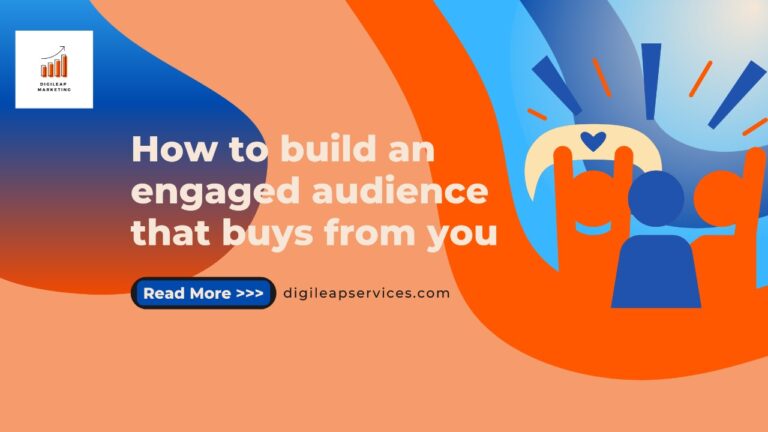SEO For Ecommerce Product Pages
With online consumers spending billions of dollars every year, eCommerce is becoming one of the fastest-expanding sectors. Online retailers are understandably always seeking strategies to raise their search engine rankings and exposure, given the prevalence of online buying. Making Ecommerce product pages SEO-friendly is one way to do this.
As the pages that prospective consumers are most likely to arrive at them when they conduct specialized product searches, product pages are among the most crucial ones on an eCommerce website. As a result, eCommerce companies must have their product pages SEO-friendly.
The title, product descriptions, product images, and other elements all impact the SEO for ecommerce product page pictures, and more. We’ll provide you with a thorough tutorial on how to make your eCommerce product pages SEO-friendly.
Describe eCommerce.
Electronic commerce or eCommerce as it is known colloquially describes the exchange of products and services through the internet. Small firms that sell things online can run an e-commerce business, as can giant multinational corporations that transact billions of dollars in annual sales.
Numerous Distinct Kinds of Ecommerce Businesses Exist, Including:
Businesses that offer goods or services directly to customers are said to be doing business-to-consumer (B2C) business. An online shop like Amazon is an example of a B2C eCommerce company.
Businesses that offer goods or services to other businesses are said to be doing business-to-business (B2B). A wholesaler who sells goods to retailers would be an illustration of a B2B eCommerce company product pages.
Consumer-to-consumer (C2C) firms, provide customers the option to sell goods or services to other consumers. Online markets like eBay are an illustration of a C2C eCommerce company.
Mobile commerce, or mCommerce, is for companies that carry out transactions using mobile devices like smartphones or tablets. A company that offers a mobile app for purchasing and selling goods is an example of a mCommerce firm.
E-Commerce Product Page SEO
Any e-commerce shop must have a product page that is properly optimized. It attracts targeted, particular customers who are prepared to convert and are bottom-of-funnel traffic!
Just be discoverable enough to convince them you are the best choice since they already know what they want.
Benefits of SEO for Ecommerce
1. Increasing brand recognition. For low-cost brand exposure, the majority of e-commerce websites require search engine optimization. A presence on the first page of search results or in Google’s Answer Box may introduce a customer to your brand for the first time or remind her of a previous visit to your website.
Additionally, some searchers see a high ranking as a recommendation, which increases their propensity to click on a top result.
2. Stuffing the sales funnel. A consistent flow of new customers is necessary for the traditional marketing funnel to work – awareness, interest, desire, and action. SEO is crucial for creating less expensive top-of-funnel visitors in the awareness stage.
However, SEO also contributes to the other phases. The intention displayed in consumers’ keyword selections shifts from informative to transactional as they proceed along their journey, from awareness to interest (research) to action (buy). By focusing on the right intent at the right times on your website; you can encourage visitors to continue to the next stage and increase conversion rates.
3. Making content better. Advertising for terms with strong transaction intent makes sense. However, the value of other types of content, such as blog entries, buyers’ guides, and how-to pieces, takes time to develop.
SEO is advantageous for certain forms of content. With little expense, content optimization initiatives can result in significant traffic improvements. It just needs to know what people look for (based on keyword research), a grasp of time, access to your content management system, and the capacity to optimize material.
4. Growing the audiences for remarketing. Your paid search team may set cookies for retargeting ads whenever customers arrive on your website through organic search (or other channels). Once they leave your site and continue their trips, you may show them display adverts to those customers. Your remarketing audiences will grow as more individuals visit your website.
When you take into account visits to the content at the top of the funnel, SEO remarketing makes even more sense. Customers are passively reminded of your brand’s worth when they browse the internet.
5. Getting the lengthy tail. 15% of search queries are brand-new, meaning Google has never seen them. The long tail, which consists of inquiries that individually generate few searches but in aggregate account for over 40% of the total, includes esoteric one-time terms. Additionally, compared to other keywords, long-tail phrases have a greater conversion rate.
OPTIMIZE AN E-COMMERCE PRODUCT PAGE FOR SEO
Create Catchy Product Names.
Your e-commerce product page names ought to appropriately describe the items you sell. For them to appear quickly in search engines, they should also contain the keywords that consumers often look for.
There shouldn’t be more than 60 characters in your title. The reason is that just the first 60 characters of the title are displayed when it is seen in search engines.
Improve URLs
You must ensure that Google can quickly comprehend the purpose of the website when it comes to URLs. Make sure the URLs contain your keyword as well. It enables Google to display your content to the appropriate users. Last but not least, standardize the format of your URL to make it simpler to follow.
Key Learning’s
It’s not difficult to optimize the product pages for your online store. You may perform a few easy but powerful methods to guarantee that your website appears on the first page of search results. You can start your trip by heeding this advice.
Create Original Meta Descriptions
When your page appears on search engine results pages, readers may read a summary in the meta description field. According to Google’s rules, meta descriptions must be distinct and have a character count of no more than 160.
Make sure to incorporate your keywords into the meta descriptions as well. It makes it simpler for consumers to locate your website and for Google to comprehend it. To encourage readers to click on your page, you may also mention any deals you may have for the product.
Conclusion
It’s not difficult to optimize the product pages for your online store. To guarantee that your website appears on the first page of search results, you may perform a few easy but powerful methods mentioned above.

